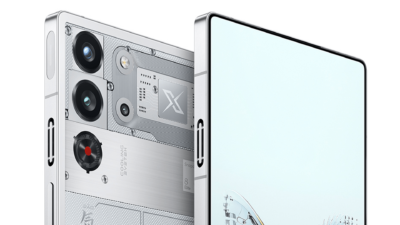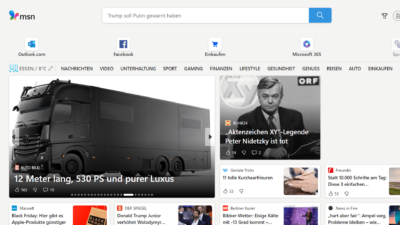No more barriers between sellers and consumers. The prospects of the D2C business model with expert Denis Lagutenko.

The D2C business model is a strategy that more companies start to use. What does it suggest? The D2C (or Direct to Customer) model is when traditional B2B businesses start selling directly to end customers, most often through their own Internet resources. The simplest example is farmers who sell directly to a consumer at a market. At the moment, there are many successful companies in various segments that successfully employ this model.
We have interviewed an affiliate marketing expert, Instagram influencer, and the founder of the ADSbase integrated communications holding, Denis Lagutenko, to explain how this model works and how it can benefit a business over more traditional strategies.
What is the main difference between D2C and the traditional B2C model?
In my recent interview for London Economics, I discussed the B2C model in detail. The retail model we are accustomed to includes several stages: purchase of wholesale products from a manufacturer, distribution to retail chains, and, finally, sale to consumers. Each such stage increases the cost of products, so about 55% of consumers prefer to shop directly from the brand manufacturer, rather than buying from retailers.
What other advantages does the D2C model have?
The huge advantage of the D2C strategy is that manufacturers have complete control over all of their activities, from manufacturing to marketing. This means they can also provide an omnichannel experience to their end consumers.
Businesses can also take advantage of greater control over brand reputation. In the traditional retail business model, the manufacturer has little control over the sale of its product to consumers, since it does not interact with them. It makes it difficult to meet their expectations. D2C’s e-commerce strategy returns control of marketing and sales strategies to the manufacturer and ensures direct contact between the company and the end consumer. This model allows a business to track the impressions of the customers from research to purchase and have better insight on how their products can be improved.
What about the launch of new products?
A better understanding of the needs of the target audience is helpful here as well. Manufacturers with traditional retail business models rarely interact with customers who have purchased their products. As such, they do not have many opportunities to get to know their end consumers other than doing target market research. The D2C model allows you to experiment with new product launches and test them directly with the consumer segment and get their feedback.
Are there any challenges facing the D2C model?
The main challenge is competing with established retail chains. They already have significant experience in selling to consumers and have a good understanding of their customers’ needs and the rules by which the retail market operates.
New companies in the D2C sector also often struggle with order fulfillment. First, the manufacturer has to ship its products, and second, it has to compete with major online retailers that guarantee next-day delivery. All this requires additional human resources and increases organizational costs. While the barriers to entry as a D2C startup brand are relatively low, competition from retail giants like Amazon and Walmart, which already have a huge customer base, needs to be considered.
The D2C model also means that manufacturers must start creating their own marketing strategies and managing sales. This almost always requires hiring a new team.
What is the future of D2C?
D2C companies are now in the spotlight. Successful examples are all around: Warby Parker, Casper, Away, and many others. But D2C is not just a novelty or a trend that will soon lose its relevance. On the contrary, there is a good reason why D2C companies have achieved such success in recent years. It lies in the fact that they can better meet the growing needs of today’s customers, for example, provide more personalized and authentic services.
At the same time, we are seeing a decline in the number of conventional retail stores that have failed to meet the expectations of their customers. Today, consumers are attracted to brands that can provide them with a more personalized experience. Therefore, quality of service has become more and more important over time and is likely to be the main factor that differentiates one brand from another in the future. And D2C has a huge advantage in this regard.
What business development strategies are going in this direction?
One thing can be said: they are constantly changing. Brands always compete, so the promotion of a D2C startup in 2015 may differ significantly in 2025.
Moving to D2C is one of the hottest topics in the world of commerce. In the near future, we can expect more and more innovations from companies operating on this model with new players entering the market. In turn, the hugely successful companies representing D2C today are likely to make the model even more promising tomorrow.
What are some successful companies that represent the D2C segment of the market?
Well-known brands such as suitcase maker Away and stationery company Quill have already taken the leap with D2C marketing campaigns. Others include Reformation – an American brand of womenswear made from organic materials, MeUndies – a lingerie brand that works through an online store and a subscription service, Nanit – a company that makes baby sleep monitoring devices, HIMS – a men’s cosmetic brand. And many more manufacturers are expected to do the same after 2021.
Research Snipers is currently covering all technology news including Google, Apple, Android, Xiaomi, Huawei, Samsung News, and More. Research Snipers has decade of experience in breaking technology news, covering latest trends in tech news, and recent developments.









